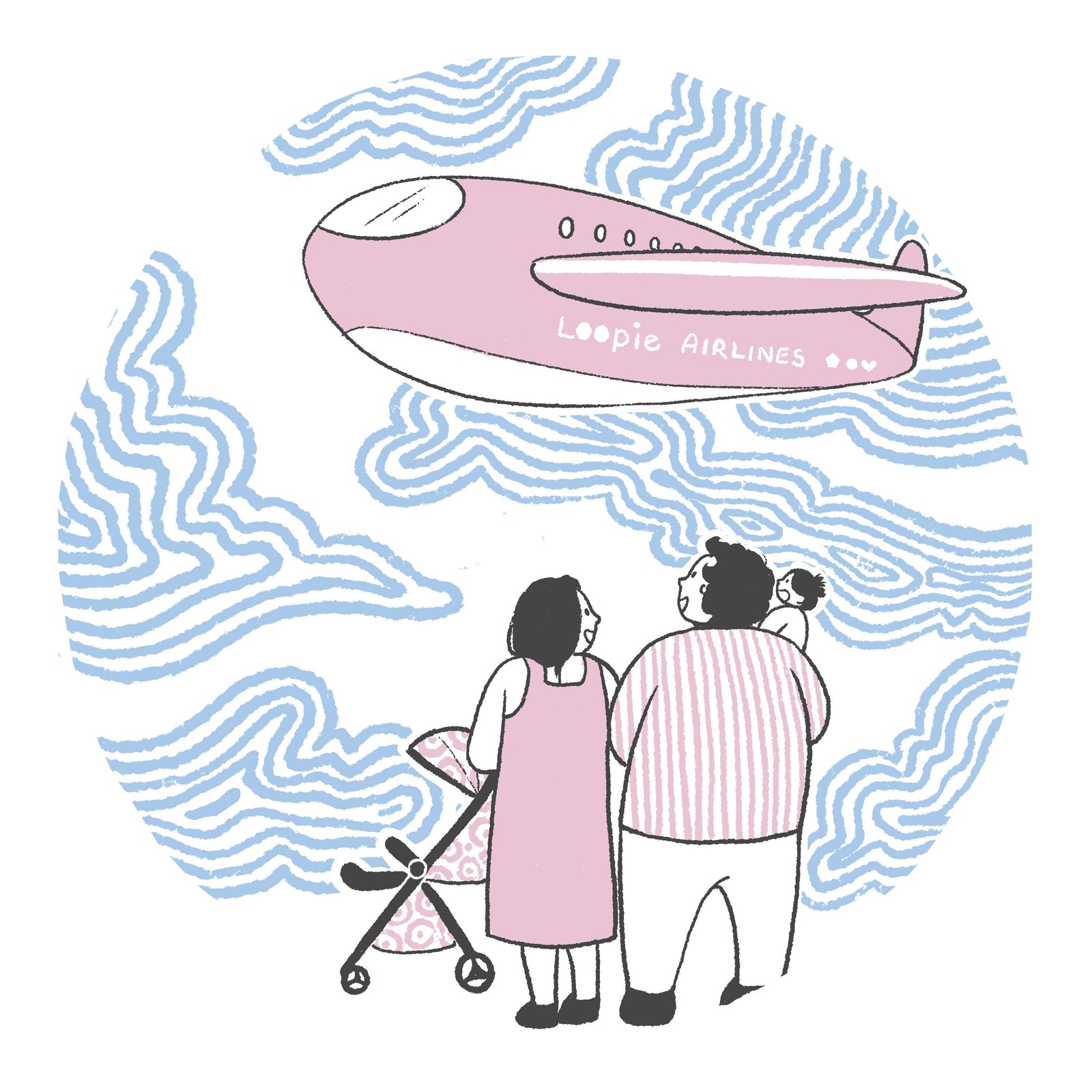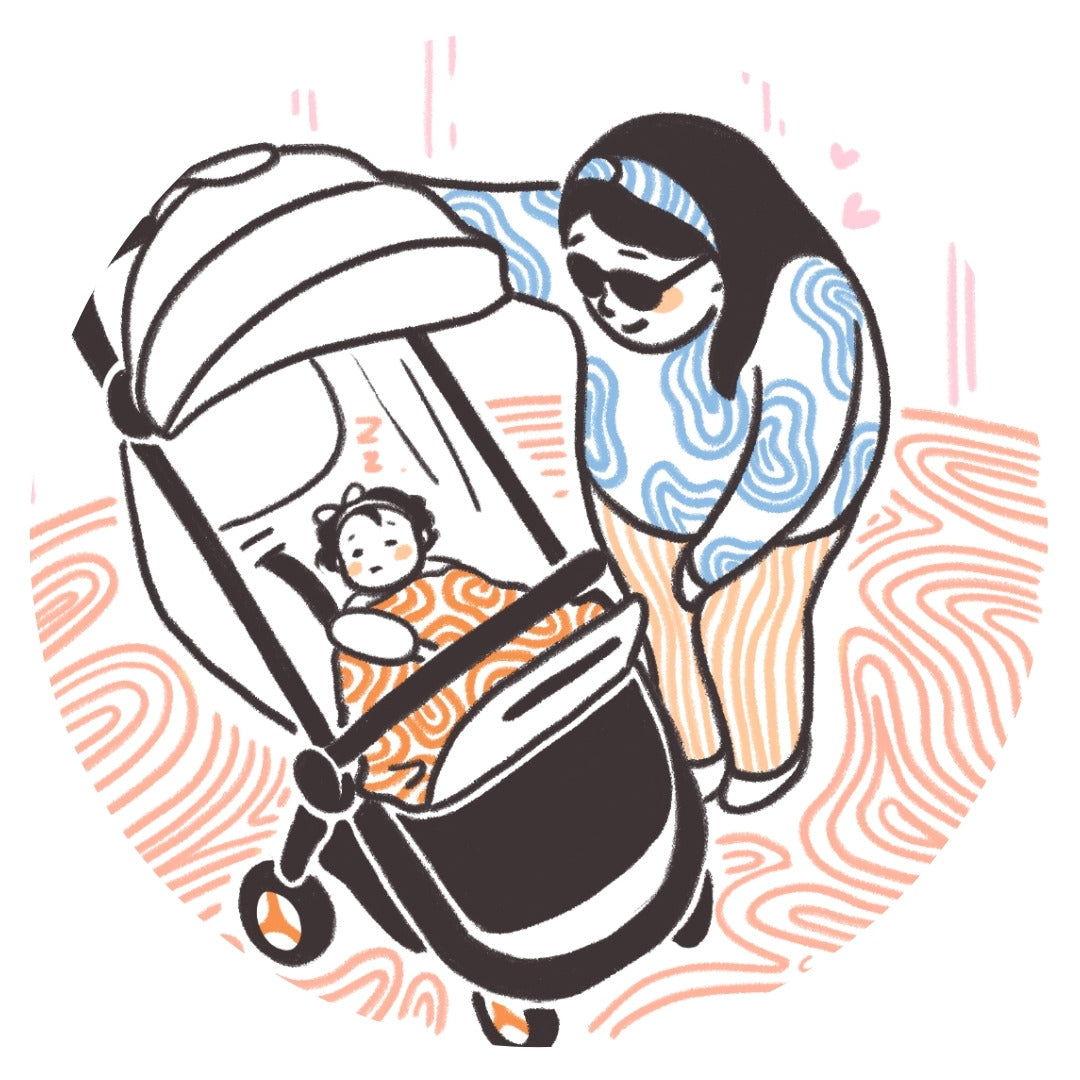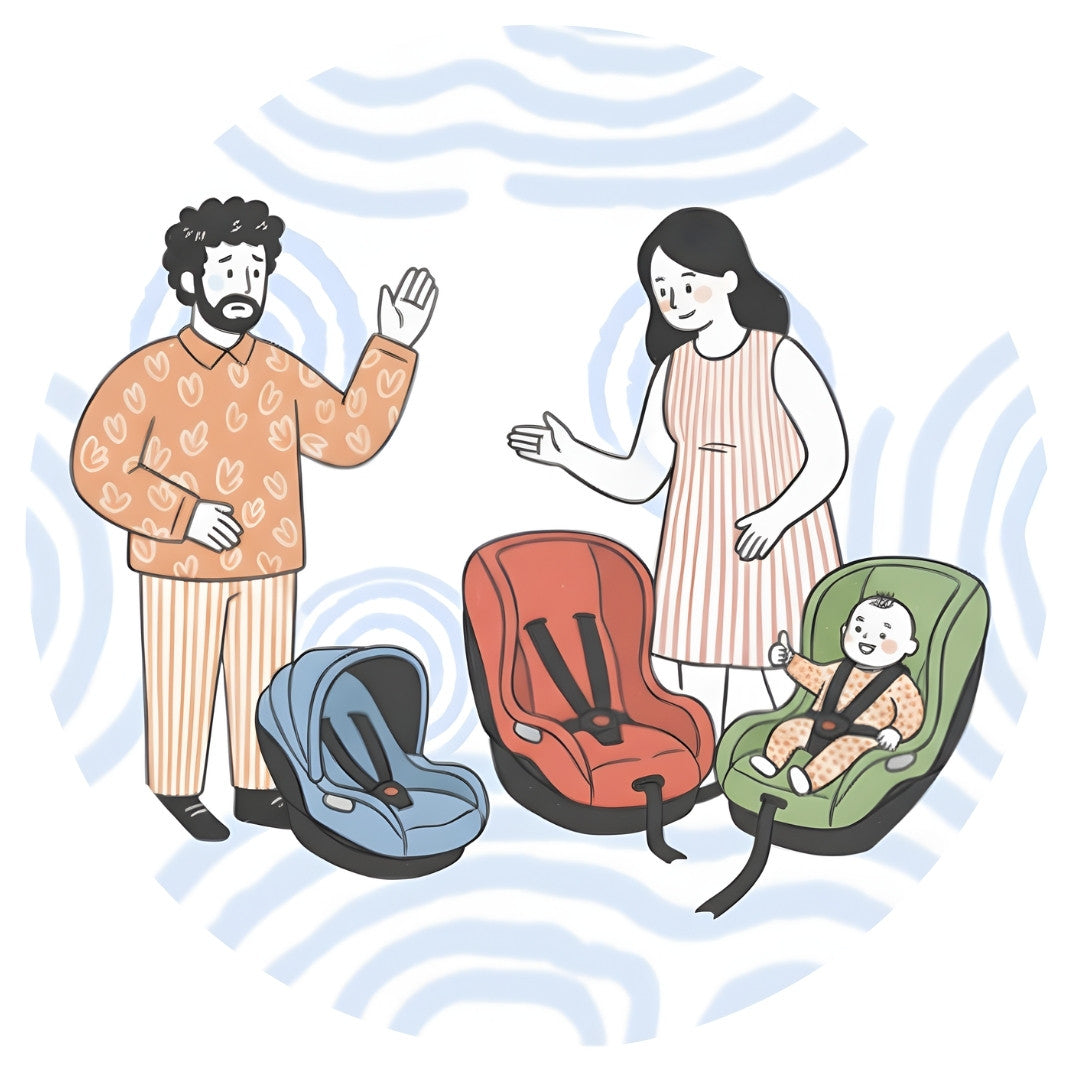From Check-in to Landing: A Parent’s Guide to Stroller & Infant Baggage Allowance

Your Baby's First Flight Made Easy
Taking your baby on their first flight is a big moment. It’s a mix of excitement, a little nervousness, and a whole lot of planning. You’ve probably imagined it already—your little one peacefully dozing off mid-air while you sip on a coffee, or maybe wide-eyed with wonder as they experience the thrill of takeoff. And while reality might include a diaper change at 35,000 feet or some in-flight bouncing to keep them calm, travelling with a baby is much easier than it seems.

One of the biggest worries new parents have is about packing—what can they carry, how much baggage is allowed for an infant, and most importantly, what about the stroller? The good news is that airlines understand the challenges of flying with a baby and have a stroller and baggage allowances to make your journey smoother. But every airline has its own rules, and knowing them in advance can save you from any last-minute surprises at check-in.
So, let’s break it down. What exactly is allowed when flying with an infant, and how can you make the most of the airline’s baggage policies? Here’s everything you need to know before heading to the airport with your little travel buddy.
What’s Included in an Infant Ticket?

When you book an infant ticket (for babies under two years old), airlines generally offer some perks to help parents manage their travel more comfortably. One thing to remember is that babies don’t get a separate seat, they must sit in your lap. While policies may vary slightly across different airlines, here’s what you can typically expect:
1. 7-10 kg Hand Baggage Allowance – Almost all airlines allow hand baggage of up to 7-10 kg for an infant travelling on a parent’s lap.
2. Free Stroller or Pram Check-In – You can check in your stroller at no extra charge, either at the check-in counter or at the boarding gate. Not all airlines allow a stroller check-in. Some airlines like Indigo have a facility to allow collapsible strollers as hand baggage. Some airlines also provide strollers to carry the baby and check in easily.
3. Priority Boarding – Many airlines allow families with infants to board first, giving you extra time to settle in. You can also request that the airlines help you with it.
4. Special Services – Some airlines provide bassinets, baby meals, and extra assistance on request.
If your kid’s stroller and pram do not meet the weight of the hand baggage allowance, you must keep them as check-in baggage.
Stroller Policies: What You Need to Know

One of the biggest concerns for parents flying with infants is whether they can bring a stroller and how it will be handled. The good news? Most airlines allow at least one stroller or pram free of charge. However, here’s how it usually works:
Types of Strollers and Airline Policies
1. Compact or Cabin-Sized Strollers – Some airlines allow lightweight, collapsible strollers to be taken on board as cabin luggage if they fit in the overhead compartment.
2. Check-In Strollers – If your stroller is 10kg, you’ll need to check it in at the counter, either with your luggage or at the boarding gate.
3. Gate-Checked Strollers – Most parents prefer to use their stroller right up until they board. In this case, you can check it at the gate, and airline staff will return it to you as soon as you land.
Tip: Always ask at the check-in counter about the airline’s stroller policy. Some airlines may require it to be folded or tagged before boarding.
How to Pack Smart for a Flight with a Baby

Packing for an infant might feel overwhelming, but with a well-planned checklist, it gets much easier. Here’s what you’ll want to bring:
Carry-On Essentials:
-
Extra diapers and wipes
-
Feeding essentials (formula, bottles, nursing cover)
-
A change of clothes for both baby and parents (accidents happen!)
-
Lightweight blanket and burp cloth
-
Baby’s favorite toy or pacifier
-
Travel-friendly sanitizers and baby-safe disinfectant wipes
Checked Baggage Considerations:
-
Baby carrier or sling (useful for moving around the airport)
-
Extra formula or baby food if required
-
Backup clothes, extra bibs, and socks
Pro Tip: Some airlines allow you to carry breast milk, baby formula, and baby food beyond the usual liquid restrictions. Just declare them at security!
Making Airport Procedures Smooth with a Baby

Navigating the airport with an infant doesn’t have to be stressful. Here’s how you can breeze through:
1. Check-In Early: Give yourself plenty of time to check in and go through security at a relaxed pace.
2. Feed During Takeoff and Landing: Babies’ ears are sensitive to pressure changes, so nursing or bottle-feeding during takeoff and landing helps keep them comfortable. Some airlines like Air India also provide earbuds, and lavatory assistance, all that you might need.
3. Request a Bassinet Seat (for Long Flights): If your flight is longer than a few hours, many airlines offer bassinet seating for infants—book it in advance!
4. Consult the Airlines: Sometimes you might not want to carry your stroller, and you are lucky to know various airlines even provide the service of check-in strollers.
Final Thoughts: Traveling with an Infant is Easier Than You Think!
Flying with a baby isn’t as daunting as it seems—especially when you know what to expect. Airlines make special accommodations to ensure your little one (and you!) has a smooth journey. With the right preparation, your baby’s first flight can be a fun and memorable experience.

So, pack those bags, grab your stroller, and get ready for an adventure. Happy travels with your tiny co-pilot!







Leave a comment